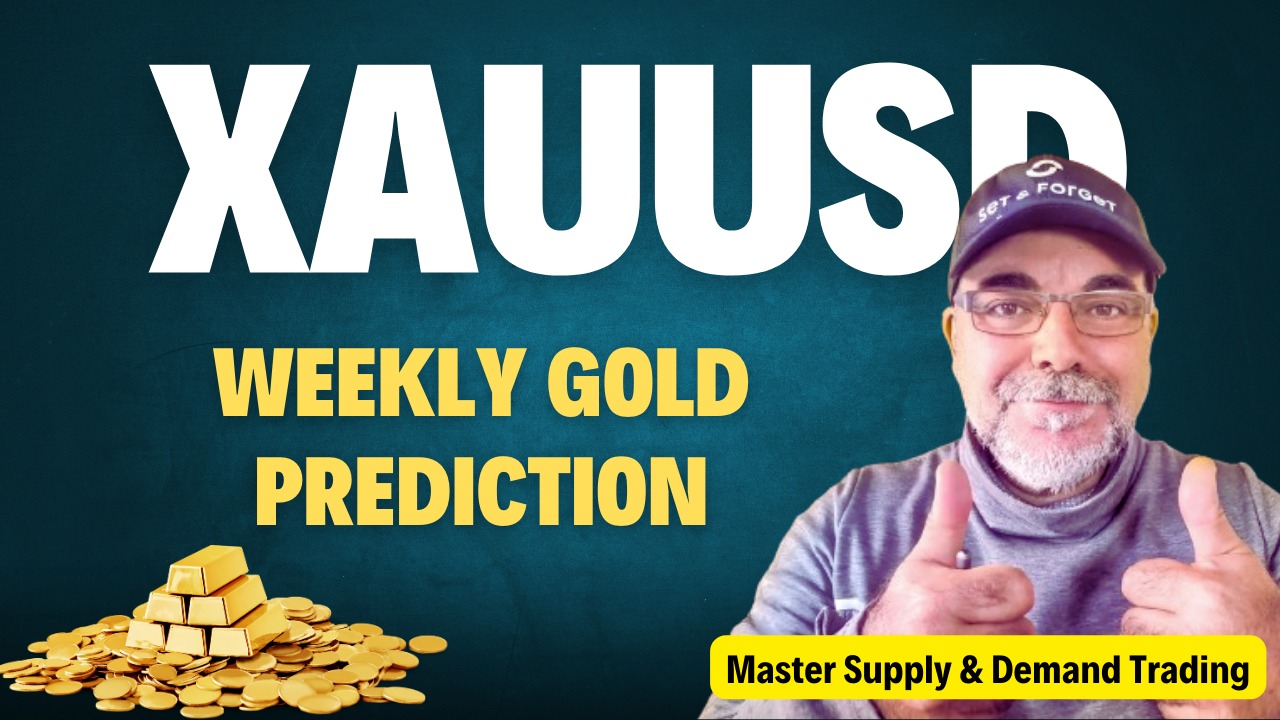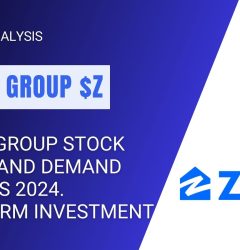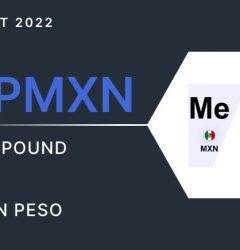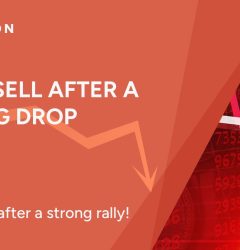11 Jun

Are you ready to tap into the lucrative world of gold trading and maximize your profit potential? Look no further than supply and demand trading! In this spot Gold #XAUUSD analysis, I’ll explore how understanding these key market forces can give you a competitive edge in the gold markets. Get ready to unlock the secrets to successful trading and watch your profits soar by using supply and demand strategies. Let’s dive in!
Introduction to Supply and Demand Trading
Are you ready to tap into the lucrative world of gold trading and unlock your profit potential? Supply and demand trading is a powerful strategy to help you confidently navigate the ever-changing gold market. In this blog post, I will delve into supply and demand analysis fundamentals, explore key factors influencing gold prices, and equip you with practical strategies to make informed decisions in your XAUUSD trades. Get ready to elevate your trading game and maximize your gains in the exciting realm of gold markets!
Understanding the Gold Market
The gold market is a complex and dynamic environment that attracts investors from all over the world. Understanding how this market operates requires more than just surface knowledge. Gold has been a symbol of wealth and stability for centuries, making it an intriguing asset to trade.
Various factors influence the price of gold, including economic indicators, geopolitical events, and investor sentiment. Keeping abreast of these factors can help traders make informed decisions when trading gold. Investors often turn to gold as a safe haven during uncertain or inflation due to its perceived value retention characteristics. These demand-supply dynamics play a crucial role in shaping the price movements of gold in the market.
Whether you’re a seasoned trader or just starting, grasping the intricacies of the gold market’s supply and demand imbalances is essential for success. Staying tuned to global events and economic trends does not help to understand how they impact this precious metal’s prices.
Factors Affecting Gold Prices
The price of gold is influenced by a multitude of factors that can cause fluctuations in the market. One key factor to consider is global economic stability and uncertainty. In economic turmoil, investors often turn to gold as a safe haven asset, driving up demand and prices. That’s what we try to do at Set and Forget Online Trading Academy; we locate imbalances in supply and demand for Gold spot and patiently wait for the gold prices to return to those imbalances.
Another significant factor impacting gold prices is inflation rates. When inflation rises, currency’s purchasing power decreases, making gold an attractive hedge against inflation. Political events and geopolitical tensions also play a crucial role in influencing gold prices.
Additionally, interest rates set by central banks can affect the price of gold. As interest rates rise, the opportunity cost of holding non-yielding assets like gold increases, leading to potential decreases in demand for the precious metal. Supply constraints due to mining production levels and regulations further impact the supply-demand dynamics in the gold market.
Supply and Demand Analysis for Spot Gold Markets #XAUUSD
Supply and demand analysis plays a crucial role in understanding the dynamics of gold markets. When it comes to spot gold trading, supply refers to the amount of gold available for sale at any given time, while demand represents the desire of buyers to purchase gold.
The interaction between supply and demand directly impacts the price of gold. If there is high demand and limited supply, prices tend to rise. Conversely, when supply exceeds demand, prices are likely to fall. Factors such as geopolitical tensions, economic data releases, inflation rates, and central bank policies can influence both supply and demand in the gold market. Still, you can’t see those factors on a price chart unless you know what you’re looking for.. Traders who can accurately assess these factors have a better chance of making profitable trades.
Gold traders can decide when to enter or exit trades in the gold market by analysing historical price data and identifying key supply and demand imbalances. Watch the video analysis below to learn more about supply and demand trading.








